FOR THOSE TRYING TO LOG IN, PLEASE USE THIS LINK:
Click here for zoom link to Public Safety meeting
Click here for zoom link to above meeting
Crime and safety has been on everyone’s radar recently, and many readers may be interested in attending this Public Safety Committee meeting. You may attend either in person or by zoom. The City Council conference room will only comfortably seat about 10 guests in addition to the meeting attendees, so zoom may be a good option for many of you.
Council Members on this committee are:
Chair: Kim-Khánh Văn
Vice-Chair: Ed Prince
Member: Carmen Rivera

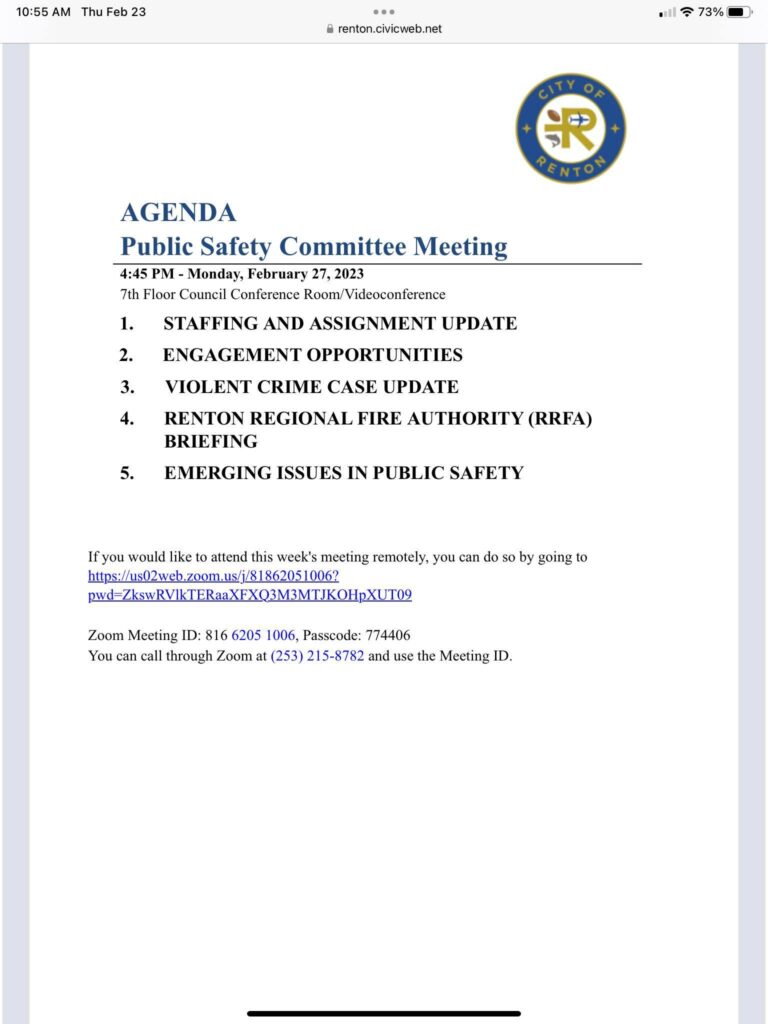
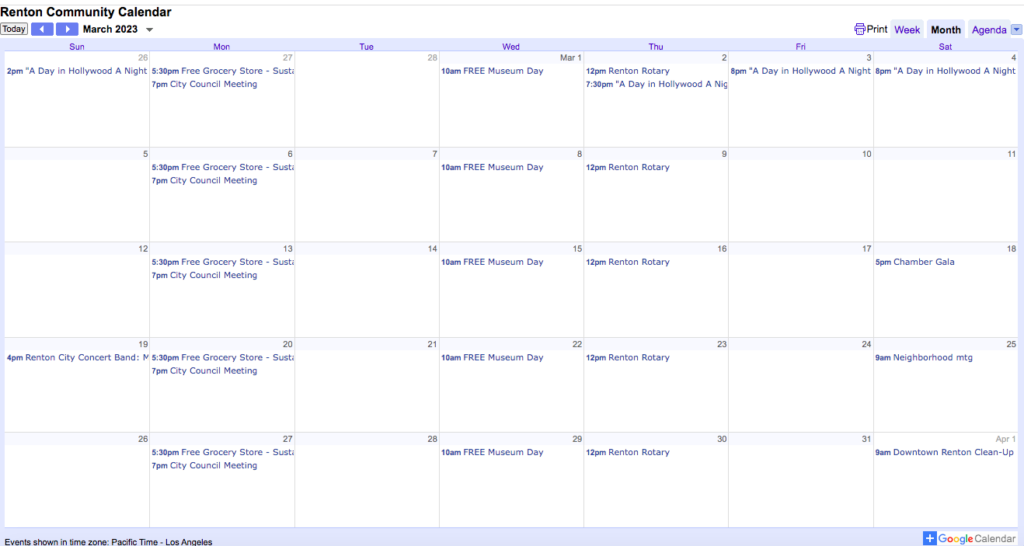
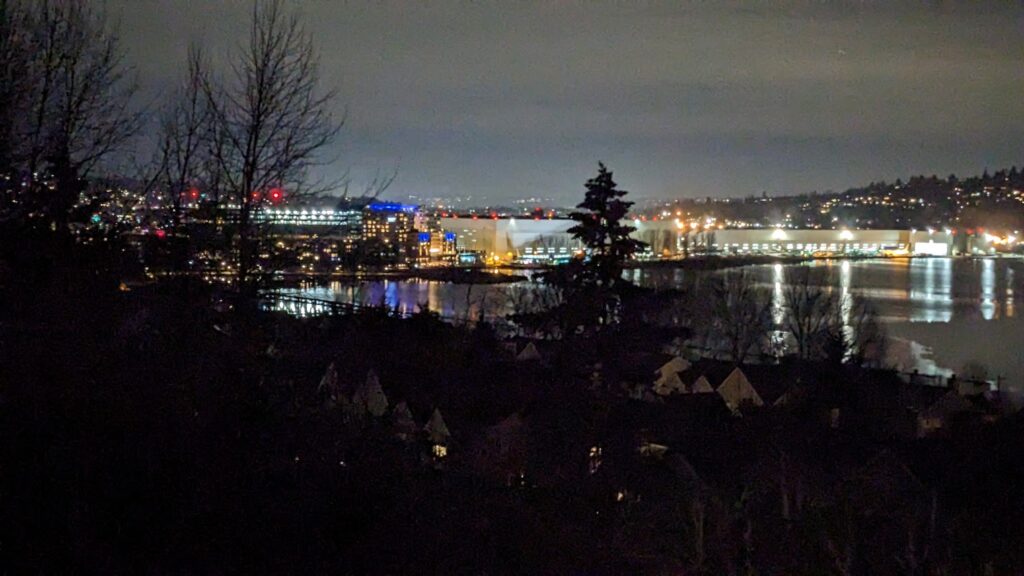
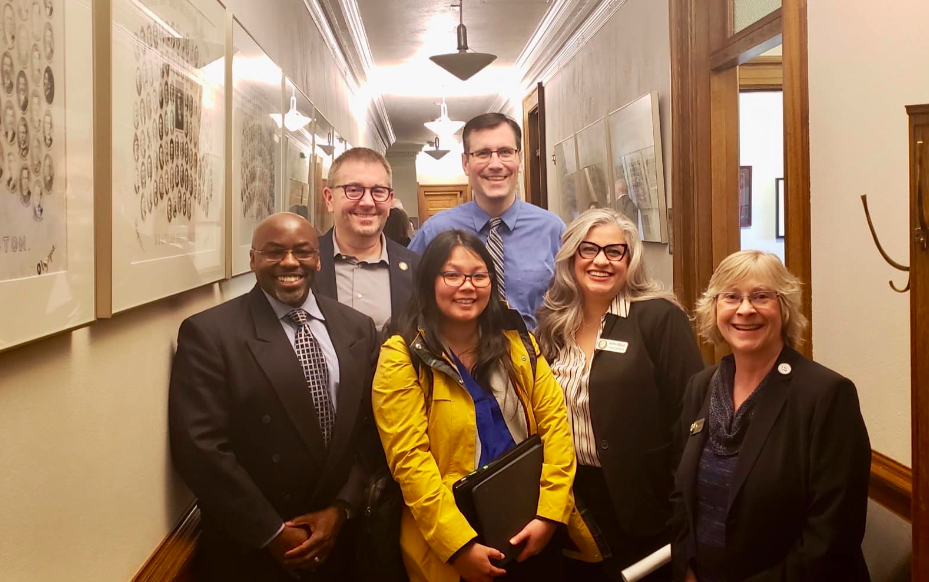
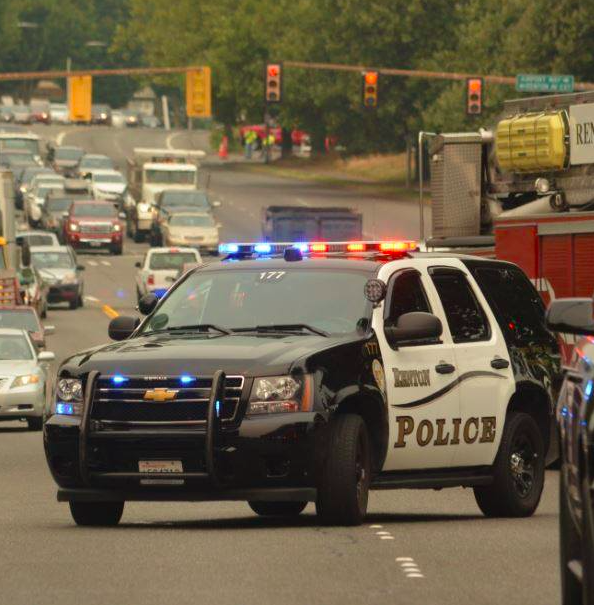

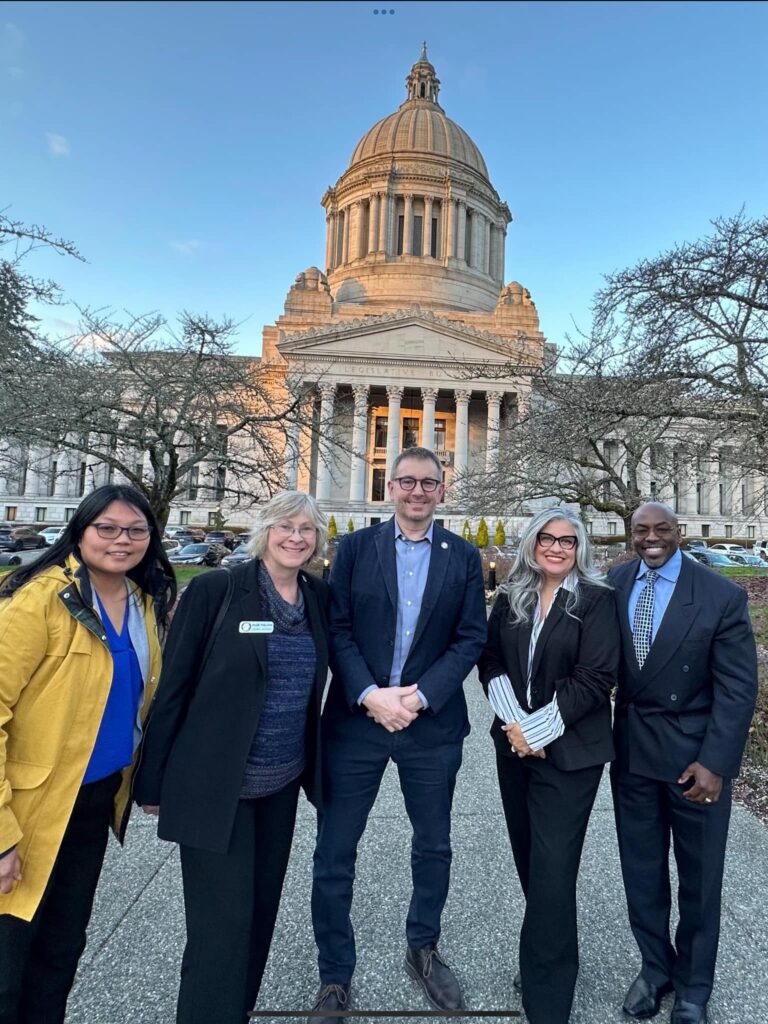
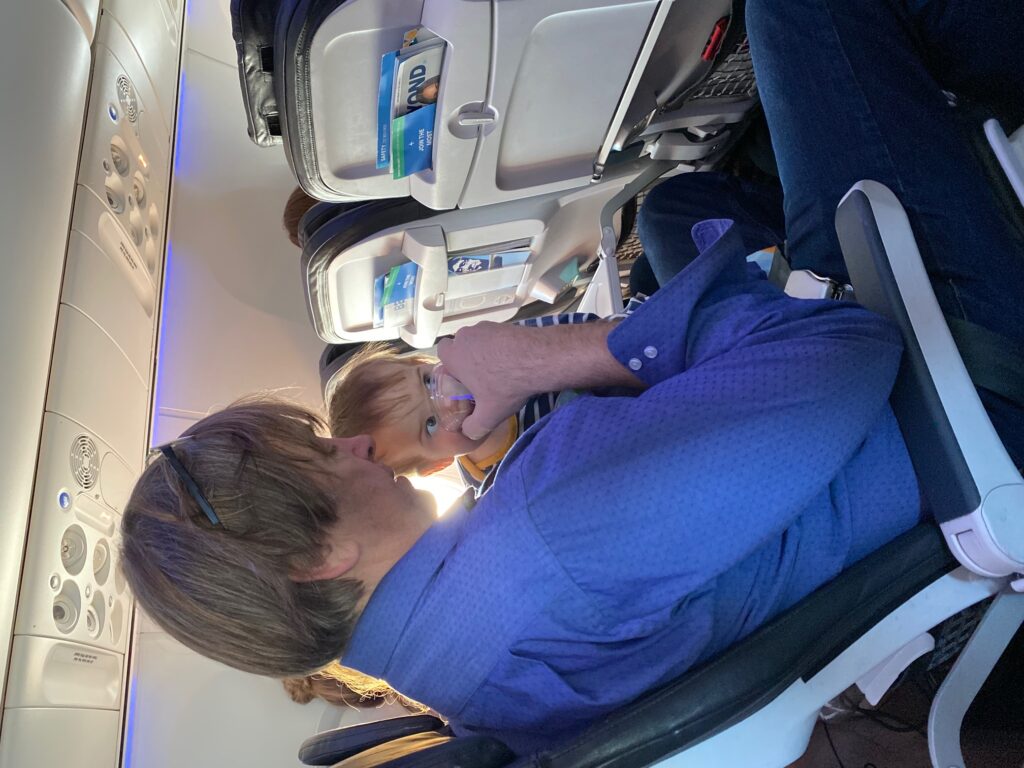
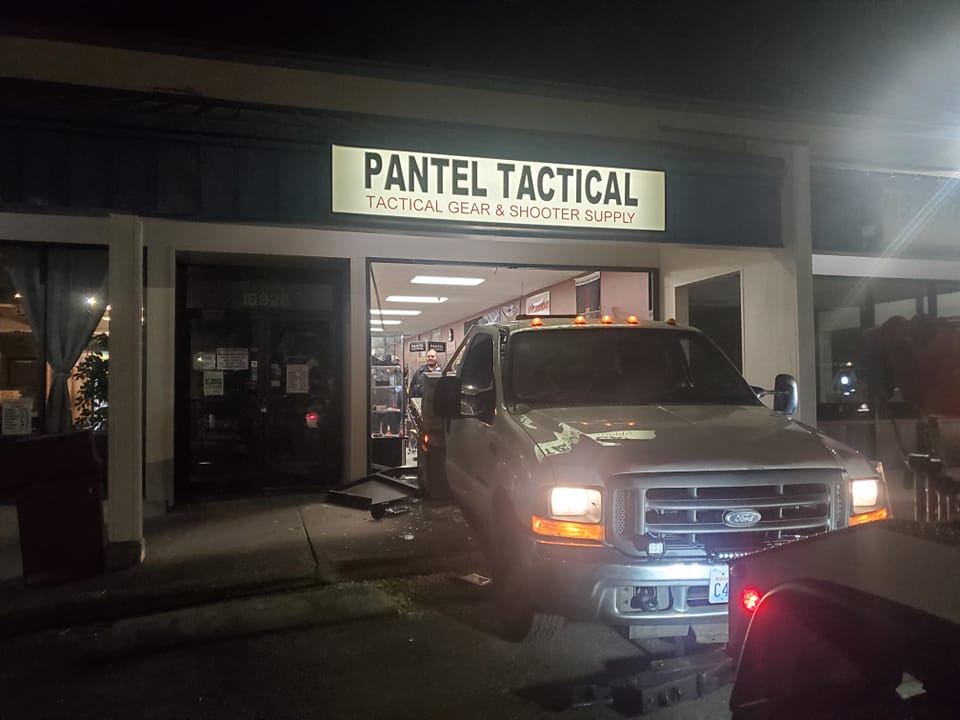

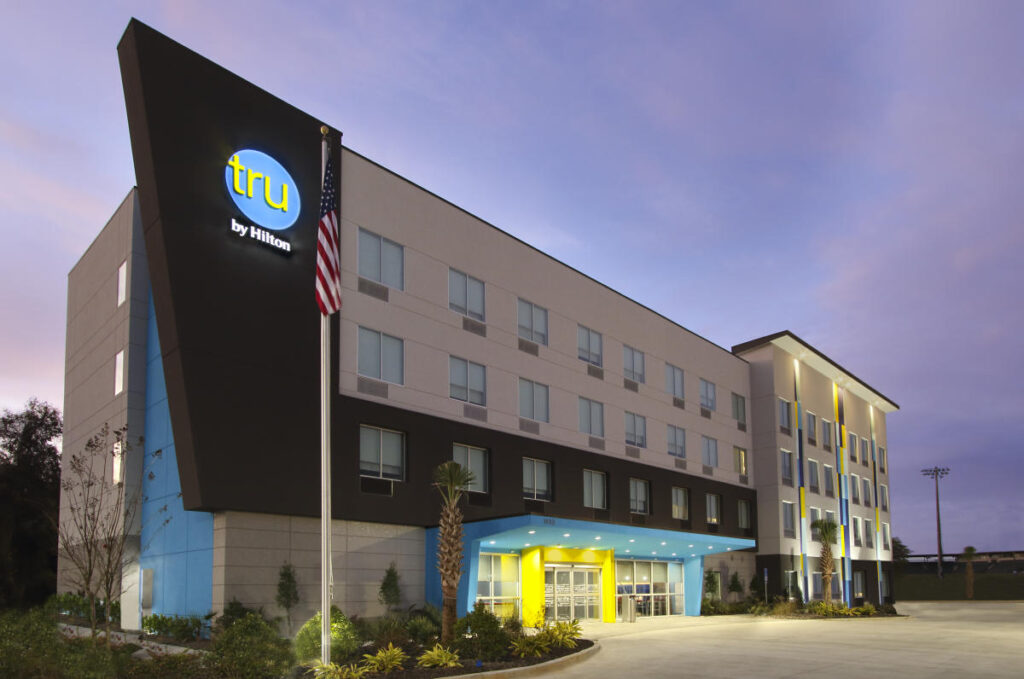
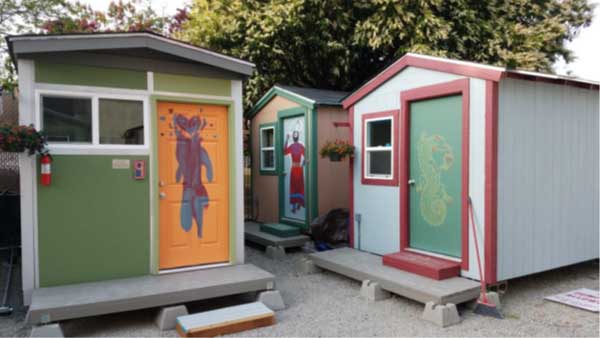
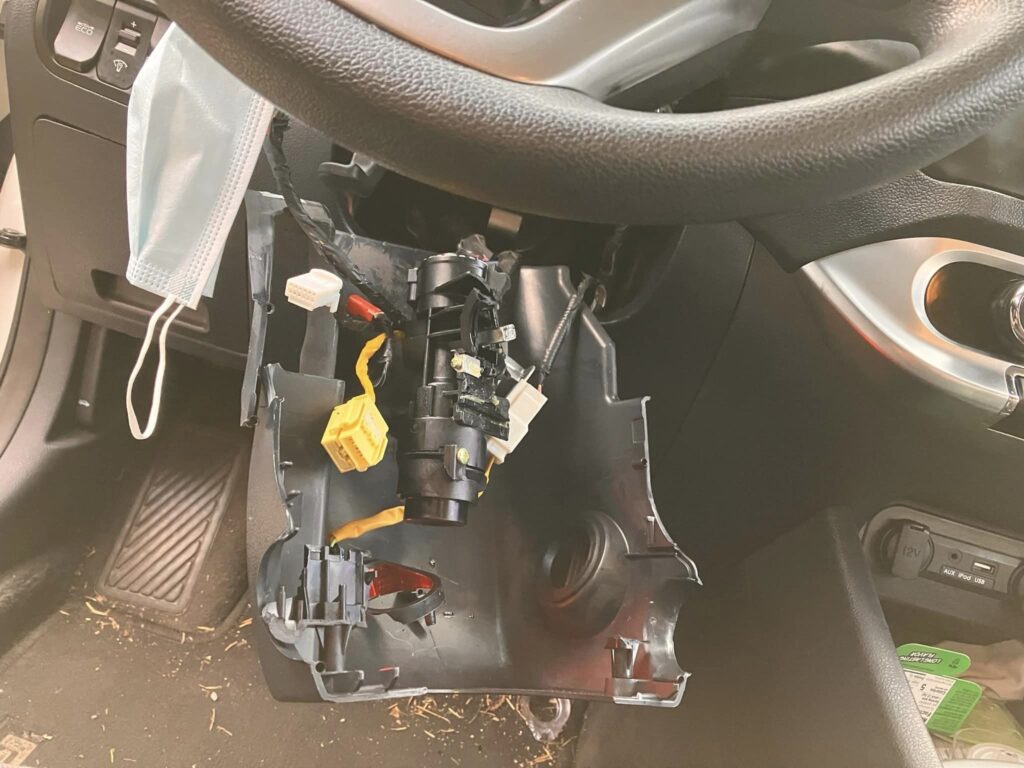
:quality(70)/cloudfront-us-east-1.images.arcpublishing.com/cmg/BMJER6ETTFAJXOTSGL7E42OHRU.webp)
Recent Comments